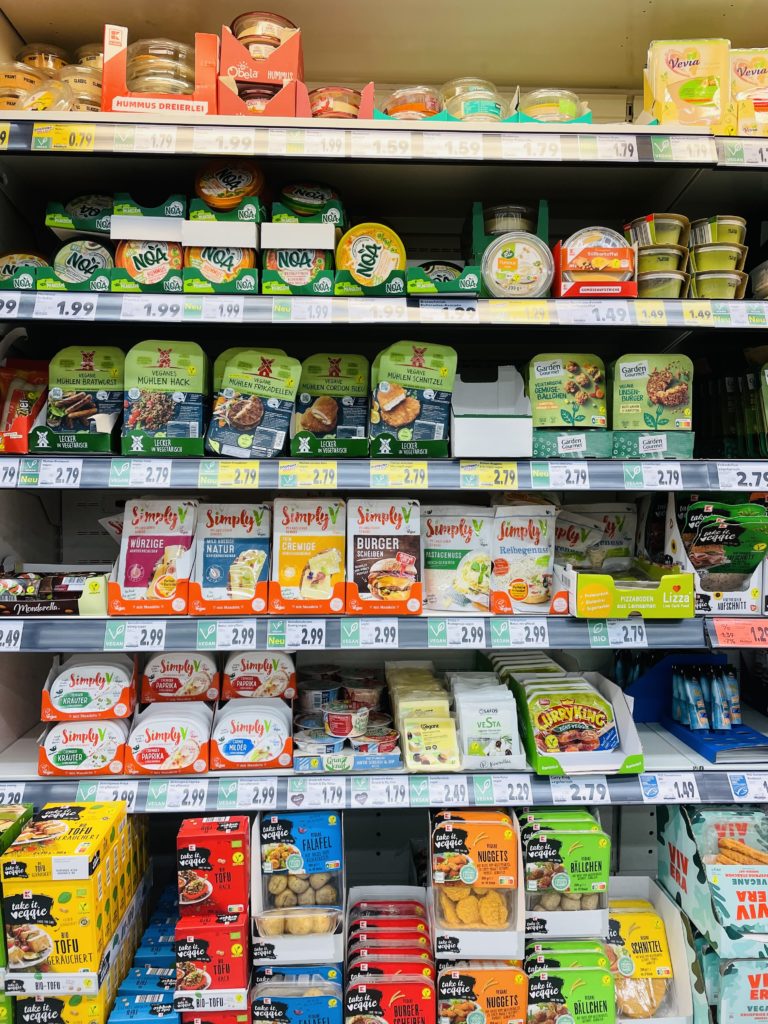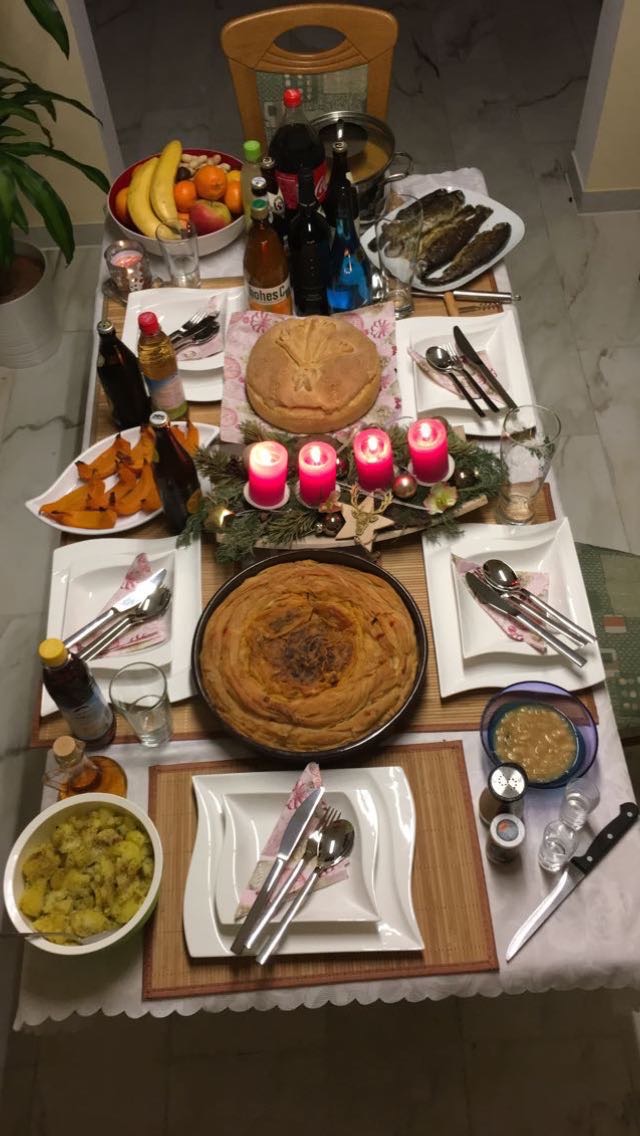For a long time, it used to be part of our routine to have breakfast, lunch, and dinner. The growing flexibility of our time is breaking this routine, which brings us to a new eating habit called “snackification“.
What does Snackification mean?
Snackification describes a trend that is moving away from the three-meal routine to more of a several snacks per day structure. A usual day of snackification could look like this: in the morning some berries with Greek yoghurt and an egg, later some highly nutritious nuts, for lunch a quinoa bowl with various fried or cooked vegetables, later a protein bar and, in the evening, some cut vegetables, crackers and guacamole. Especially the pandemic has caused this trend to get more and more popular because people needed to create their own structures when working remotely. On the one hand, people have more flexibility in a work setup at home and, on the other hand, they have enough time to prepare and enjoy their food or snacks.
Focus on Health
The name snackification might give the impression that it’s all about eating some crisps or a chocolate bar, but the trend focuses on eating healthy food. Many of the snacks are vegetarian or vegan. If there is meat, then the quality is important: instead of mass production, consumers preferably buy bio-products and use, whenever accessible, fresh, seasonal, and regional ingredients.
Tapas, Mezze and Bowls are some of the most popular snacks but Wraps, Sushi, Ramen and Pho are also well-known and beloved snacks.
Are there any issues?
In order to not have any negative side effects from this trend, it is recommended to keep an eye on giving your body enough vitamins, proteins, and other essential nutrients. If on any given day that’s not possible for some reason, you should take advantage of so-called “functional foods”. These are foods with healthy additives. As in the case of every other food trend, you can’t clearly say how healthy or unhealthy snackification actually is.
Whether snackification is good for the body or not depends on the person. While some feel more energetic and healthier with this trend, others might just have to stick to the three-meal routine.
In general, it’s important to ensure that you don’t eat only carbs. Although they give you a quick burst of energy, you may feel agitated as soon as the blood sugar level drops.
If you are someone who tried to stick to the three-meal routine for eating healthy, you can take a step back and try snackification. Only you know what works best for you.
Author: Denise Göbel


